How to Prevent Mold in a Humidifier

A humidifier is one of the most treasured accessories in your home, as indoor air quality has a direct impact on the health of your family as well as pets. The presence of pathogens such as allergens and even dust particles can result in respiratory complications.A quality humidifier helps to promote good indoor air quality by adding moisture to it, thereby protecting you from dry, itchy skin. It also makes the air feel warmer and more comfortable to breathe compared to cold air. For persons who suffer from asthma and allergies, this is an invaluable accessory.
Despite its countless benefits to your family, when is the last time you took the time to clean it? And be honest :)
Over time, mold accumulates inside, thereby promoting the spread of spores and germs in the air. Here are simple tips on how to prevent mold growing inside your humidifier.
Every humidifier has different specifications and features. Make sure that you check the user’s manual provided by the manufacturer before embarking on cleaning or adding white vinegar and other solutions to kill mold.
Mine is Honeywell and I treat it as good as possible according to official guides.
Tea tree oil is one of the best natural disinfectants in the world. Just add a few drops in the humidifier water to curb any growth of mold. The oil also helps improve breathing for persons who have respiratory complications such as asthma. Its sourced from the Melaleuca plant that is known to have potent antibacterial, antiviral, and anti-fungal properties.
If you are on a tight budget, hydrogen peroxide is the most inexpensive solution to this problem. It acts by killing mold and bacteria. Like with tea tree oil, just add a few drops into the water reservoir, and the humidifier will do the rest of the hard work.
White vinegar has potent antimicrobial and antibacterial capabilities. Add just one cup of it in the humidifier water reservoir to ensure no mold spores are dispatched into the air when you turn it on.
Humidifier tablets are also affordable, and you can purchase them online easily. They are made up of components that not only prevent the growth of mold but also curb the accumulation of lime inside the humidifier. Check the label to know the amount of water that should be in the reservoir per one tablet to get the best results.
Now that you know how to prevent the growth of mold in your humidifier, let us shift gears and discuss how to clean your humidifier like a professional.
Using any of the mold remedies above does not mean that your humidifier shouldn’t be cleaned regularly. Here are five easy steps on how to do it perfectly.
Step 1: Empty all the water in the accessory
Step 2: Mix white vinegar (or any other remedy from the list) and hot water to rinse it
Step 3: Use a soft-bristled brush to scrub off any mold buildup, lime, or scales from the interior surfaces
Step 4: Rinse again using hot water to get rid of any remaining grime
Step 5: Leave the humidifier to dry completely before reassembling it and turning it on
That was easy, right?
I mean changing filters and using right water.
The main role of the filter is to ensure that clean air does not have any microbes. Unknown to most people is that these filters can harbor microbes. Based on this fact, it is recommended to change them every three months or towards the end of the cold season.There are also filter-less humidifiers on the market that you can purchase to avoid the hustle of having to change them manually.
As for the water. Tap water is packed with high amounts of minerals that make it hard. These minerals also promote growth of mold. So, it is recommended to use distilled water instead as it contains less microbes and mold spores.
Enjoyed the project?
Suggested materials:
- White vinegar
- Soft brush
- Hot water
- Hydrogen peroxide
- Tea tree oil



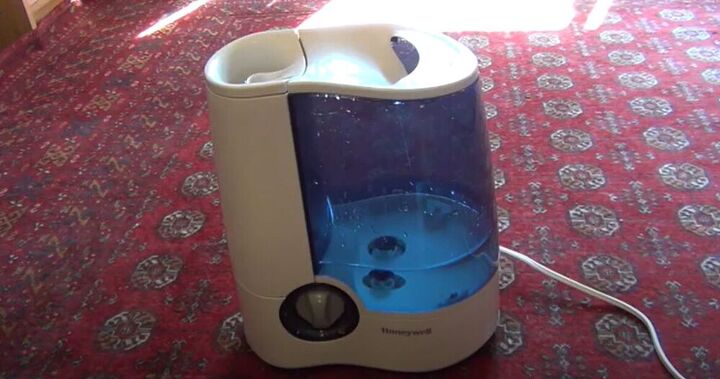





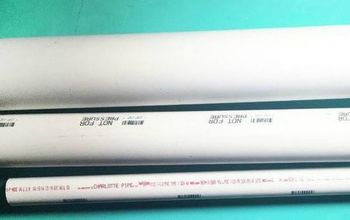








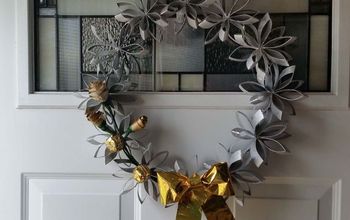

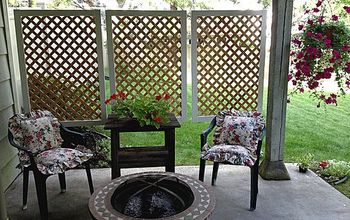

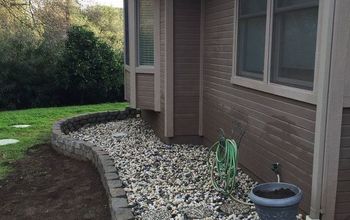
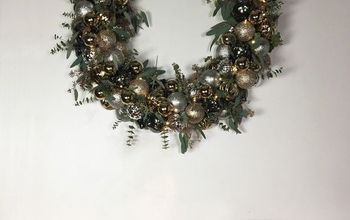
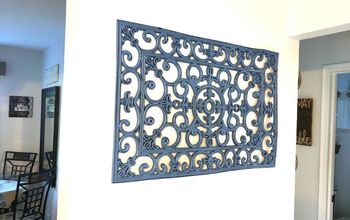



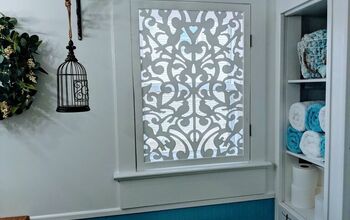



Frequently asked questions
Have a question about this project?